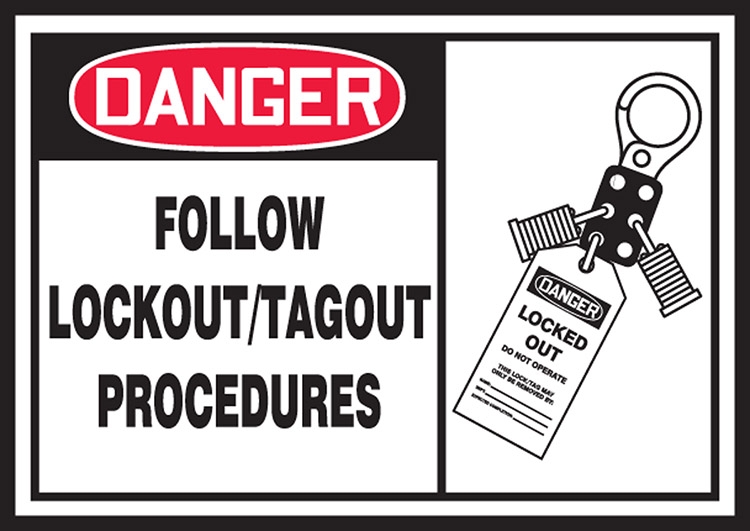Procedure for Electrical Lockout and Tagout

To protect employee lives, controlling electrical dangers is more crucial. LOTO is significant in electrical safety protection. When doing maintenance or condition monitoring tasks and exposed to electrical dangers, the following lockout and tagout procedures must be followed:
- In order to determine potential exposure, the operations team must define the isolating sites and types of isolating devices needed.
- The affected workers must be informed and the equipment must be appropriately shut down and de-energized by qualified individuals appointed by the company performing the work. Only when no related control device is able to energize equipment does isolation become complete. After the isolation is complete, make careful to verify the voltage.
- The controlling team or members of the operations team must always install an approved Lock first.
- Using his authorized Lock, the person or team performing the work must lock out a device. Keep in mind to leave the circuit breaker(s) open. If the gadget cannot be physically kept out, it must at the very least be deactivated and marked.
- Attach a “DANGER, DO NOT OPERATE” tag to the lock. The tag must have the following information: date, time, organization, name, equipment name, phone number and mobile contact information, installer’s signature, and the purpose for installation.
- At areas specified by operations, additional teams, employees, or people working on equipment must also install their locks and tags. If necessary, several lockout clips (hasps) must be employed.
- Only when the designated lockout person’s key(s) have been securely secured and locked by the whole working team involved is a crew lockout acceptable.
- All necessary information must be used to identify each lock. Every company must have a procedure in place for uniquely identifying locks (such as stamping, engraving, or supplying a photo).
- To ensure that only employees can open the locks, each one must have a unique key that is not duplicated.
- Before attempting to start the equipment or equipment, clear the area of people and tools.
- Try to start or activate the equipment locally before beginning operations. Make sure the device can’t be powered up. This is known as trying out. Additionally, non-contact instruments will be used for voltage verification.
- Only the person or people who originally attached the lock and tag have the right to take it off.
- When it is safe to activate the equipment, operations staff members must remove locks and tags.
- When work is finished, the affected workers must be informed, and the equipment must be put back into use. Make sure the workers and tools are removed from the workspace.
 widemep.com
widemep.com